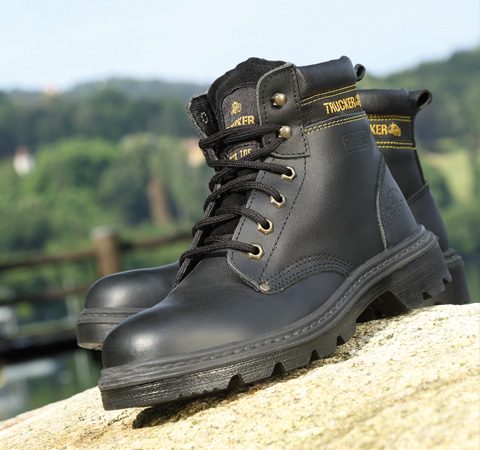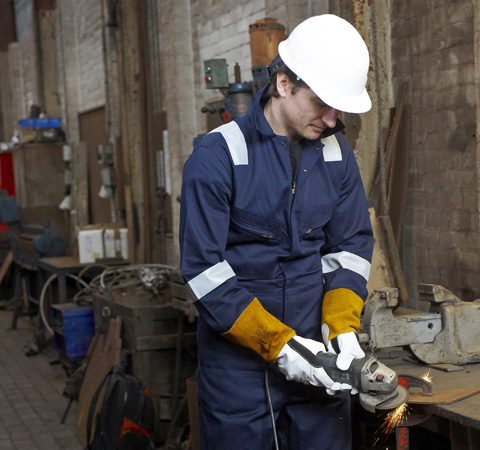As with all Personal Protective Equipment (PPE), the primary aim should be to reduce the risk of a worker coming into contact with a hazard, rather than depending on the protection provided by PPE. Some hazards are easier to accommodate than others –there may be occasions where simple procedural changes can be implemented to limit exposure to mechanical hazards, but it can be very difficult to limit Ultraviolet (UV) exposure for workers operating out of doors.
It ’s a well-known fact that exposure to UV radiation can cause both short and long-term damage to the skin. Whilst many are aware of the UV protection that can be applied topically in the form of protective sun-creams, many are unaware that fabrics can be treated to provide similar protection for the wearer.
EN 13758 specifies the testing procedures and labelling requirements for garments claiming to offer UV protection. The product must obtain an Ultraviolet Protection Factor (UPF) greater than 40 (UPF 40+) in order to display the EN 13758-2 marking.
It is, however, important to note that there are many conditions that may affect the level of UV protection offered by a compliant product. For example, if the fabric is wet or stretched, the level of protection may be reduced. Likewise, protection will only be provided to the areas of skin covered by the product –exposed skin (such as the face or arms, if applicable) will not be protected and may therefore risk damage from UV exposure.
If you ’d like more details on EN 13758 or our range of compliant products, contact us today. Alternatively, take a look at our Hi Vis Bird Eye Shirts here.
An Introduction to UV Testing




